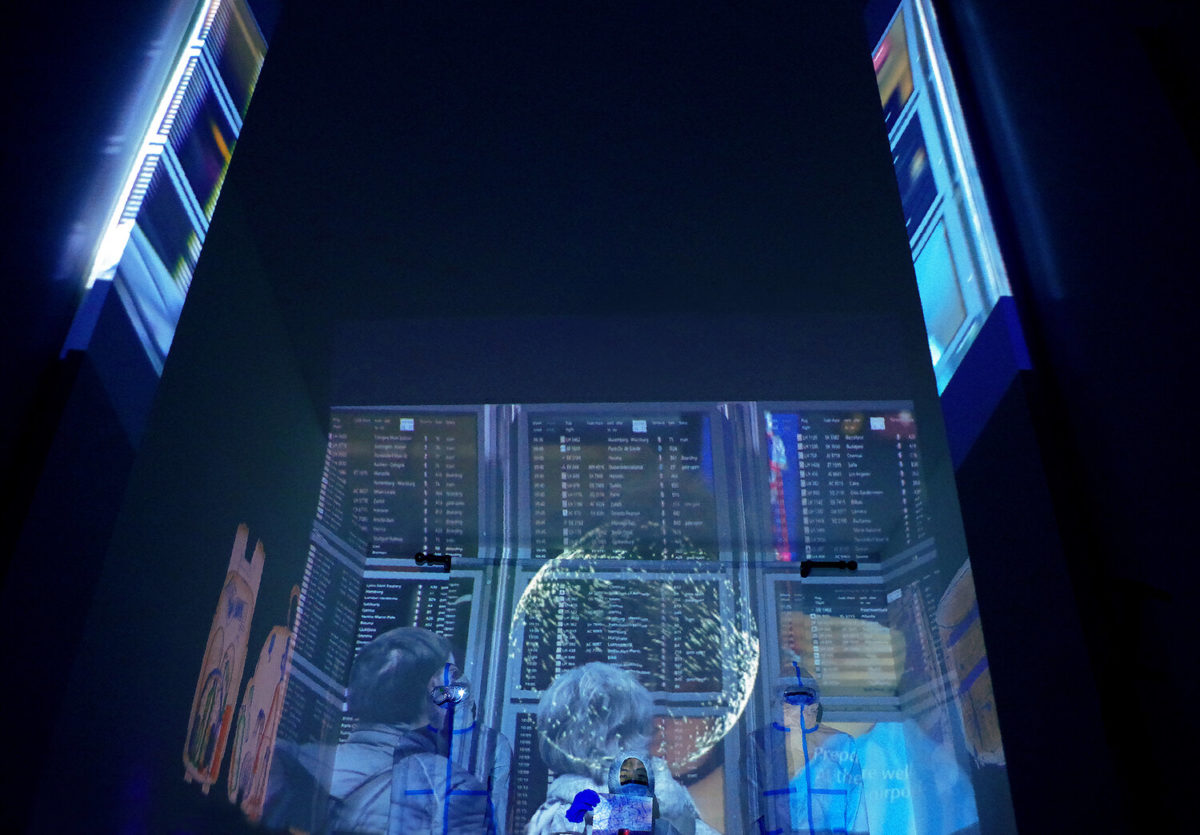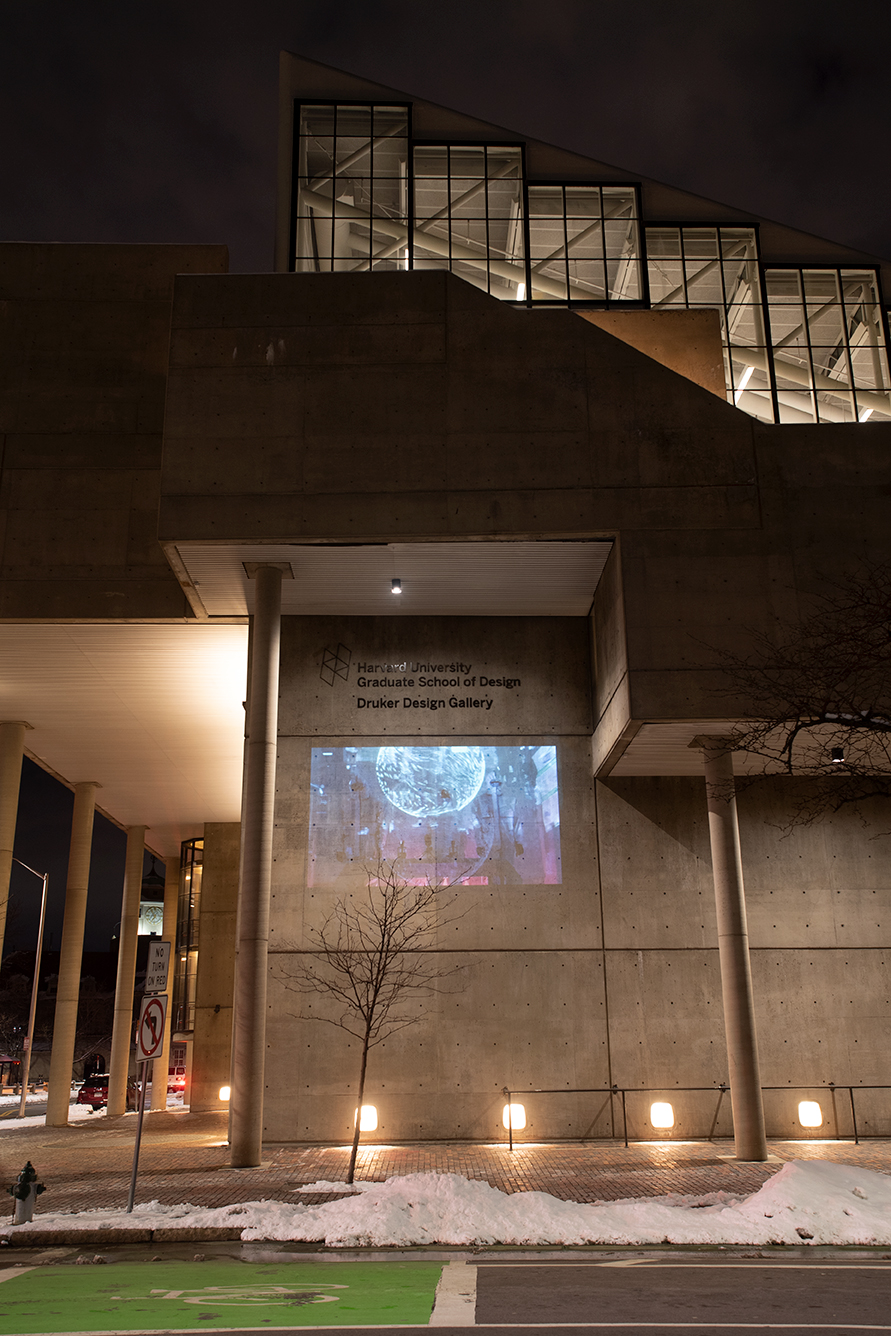Floating Between Borders … or, Perhaps, an Earth Without Borders?

The formation of geopolitical borders has become more pronounced and salient in recent months. The pandemic has been used as a justification by nations to advance anti-migrant policies, and the agenda has been pushed to extremes, leaving people stratified, deported, denied visas, or kept out from one border to another. Border closures and halts on administering asylum claims have made it difficult for those fleeing conflict to seek asylum.
Today, national borders are the very site of hyper-surveillance. Not every traveling body is mobile in the same way due to political and legal boundaries. Some bodies are regarded as a carrier of disease, while other ‘trusted’ bodies, complete with legal citizenship and a valid passport, pass. Harald Bauder wrote that “the imagination of open borders is a faint and unfinished image that arises on a distant horizon, whereby the concrete terms of what an open-borders world would look like are not yet discernible.” Yet, border fluidity is already practiced by migrants daily, and is not utopian but part of an ongoing struggle for change. The modern practice of border fluidity is heavily policed.
This exhibition reflects on and proposes radical reunion and borderless-ness. It critiques the bureaucracy of borders and asks, what would the world look like without nation-states, if we did not have borders at all, where nobody is a foreigner, nobody is inside, nor outside? Floating between borders … or, perhaps, an Earth without borders? In the visa room, the hyper point of surveillance, a one-sided dialogue happens with an expressionless mannequin mimicking a customs form: Who are you? Where have you been? Have you visited a farm in the past 10 days? Have you visited China in the past 14 days? Are you carrying more than $10,000 in cash? And, most importantly, are you carrying a disease?
By Diana Guo (MLA I ’22) and Mingjia Chen
Duration: 19 min, 26 sec
Curators: Hermano Luz Rodrigues (MDes ADPD ’21), Birdia Zuo (MDes ADPD ’21), Stephanie Lee Yeung (MDes ADPD ’21)
During the COVID-19 pandemic, the galleries in Gund Hall have been turned ‘inside out,’ with exhibitions shown through a series of exterior projections on the building’s facade.

